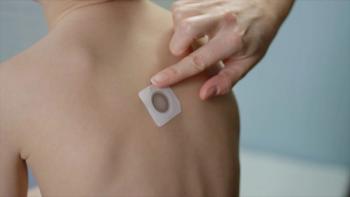
Postburn Pathologic Scarring Very Common
There are several, identifiable risk factors for postburn pathologic scarring, and early identification of patients most at risk can help ensure they get optimum treatment, according to a report published in the March/April issue of the Archives of Facial Plastic Surgery.
TUESDAY, March 18 (HealthDay News) -- There are several, identifiable risk factors for postburn pathologic scarring, and early identification of patients most at risk can help ensure they get optimum treatment, according to a report published in the March/April issue of the Archives of Facial Plastic Surgery.
Ezio Nicola Gangemi, M.D., and colleagues at the University of Turin in Turin, Italy, analyzed data on 703 patients with 2,440 anatomic burn sites treated between 1994 and 2006. They assessed the risk of postburn pathologic scarring by age, sex, nature and severity of the burn, and a range of factors associated with treatment such as type of surgery and skin graft.
In all, 540 patients (77 percent) were diagnosed with pathologic scarring, 310 (44 percent) had hypertrophic scars, 196 (28 percent) had hypertrophic-contracted scars and 34 (5 percent) had contractures. There were a number of independent risk factors for pathologic scarring, including female sex, young age, burn sites on the neck and upper limbs, multiple surgical procedures and meshed skin grafts.
"Following the maxim that prevention of complications is preferable to treatment of an established problem, burn care specialists are searching for clinical criteria to identify patients who might benefit from prophylactic programs," the authors write. "To our knowledge, the present study is the first to investigate risk prediction models for pathologic postburn scarring."
Copyright © 2008
Newsletter
Access practical, evidence-based guidance to support better care for our youngest patients. Join our email list for the latest clinical updates.






